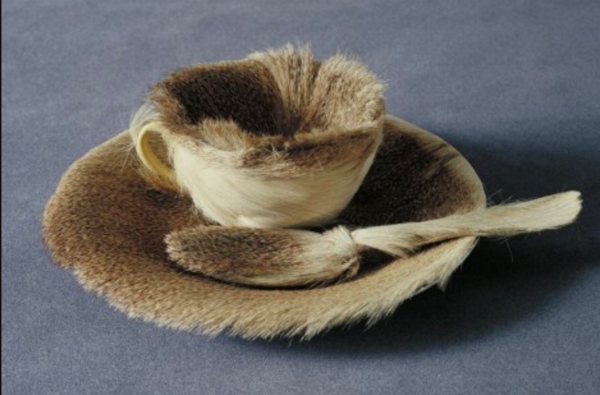Dora Maar: A Subversive Life
Dora Maar Untitled (Hand-Shell) 1934 © Estate of Dora Maar / DACS 2019
'All my life, my heart has yearned for a thing I cannot name.’
Andre Breton, Surrealist Writer
I recently attended a fine exhibition of the art of Dora Maar (Tate Modern, London until 15 March).
Henriette Theodora Markovitch was born in 1907 and raised in Argentina and France. Her French mother owned a fashion boutique and her Croatian father was an architect. She studied art in Paris and gradually developed an enthusiasm for photography. In 1931, with director and set designer Pierre Kefer, she opened her first studio. And she changed her name to Dora Maar.
Initially many of Maar’s assignments were in fashion and advertising. Between the wars there was a burgeoning interest in women’s style, health, and fitness. As consumption grew, so did the appetite for bold, arresting images. This was a time when advertising walked hand-in-hand with contemporary art.
Maar was naturally inventive and had an eye for the unusual and uncanny. A woman washes her hair and the lather takes on an alien quality. A lady removes her smiling face as if it were a mask. A model’s head is replaced by a sequinned star.
Cecil Beaton Dora Maar behind one of her works, in her studio at 6 rue de Savoie, Paris 1944 Musée Picasso (Paris, France) © The Cecil Beaton Studio Archive at Sotheby’s
In one striking image Marr hand-painted elaborate tattoos onto an elegantly attired woman. For an anti-aging cream she superimposed a spider’s web over a model’s face. She had a talent for subversion.
‘Nothing is as strange as reality itself.’
Brassai, Photographer
Maar was active in left-wing politics at the time and developed an interest in street photography. Recording the poverty on the edges of Paris, travelling to Catalonia and London, she sought out the strange sights that surround us in everyday life. A wicker kangaroo wearing boxing gloves stands watching the traffic. A legless mannequin looks out from a first floor window. A suited man disappears beneath the pavement.
'The unconscious must reign through the intellect.’
Eileen Agar, Surrealist Painter and Photographer
Maar established close relationships with the Surrealist movement that was then based in Paris and she became one of the few photographers to be included in their classic exhibitions of the 1930s. The Surrealists celebrated the power of the unconscious mind. They were fascinated by the revolutionary force of dreams, and believed that the associations we bring to everyday objects reveal our unconscious desires.
Dora Maar, The years lie in wait for you (around 1935). The William Talbott Hillman Collection © ADAGP, Paris and DACS, London 2019
Photography had hitherto mostly been a medium of fact and rationality. But in Maar’s hands it was a vehicle for subjectivity and fantasy. Through extreme close-ups and bold crops she challenged the viewer to look afresh. Through unexpected contexts and dramatic angles she made cryptic images that questioned logic and common sense. Through carefully constructed photomontage she created bizarre and exotic new worlds.
A two-headed calf sits atop a classical fountain. A hand emerges from a conch shell on a beach. Eyes float across a gloomy sky. A child bends backwards on an inverted stone vault. And a baby armadillo regards us with sinister detachment.
Maar teaches us to challenge rationality and convention at every turn; to construct and deconstruct; to subvert people’s expectations - of ourselves and the world around us. If we want to catch the eye, to arrest attention, to provoke thought, we need to see the strange in the everyday. We need to stop making sense.
Dora Maar, Man Looking Inside a Sidewalk
From the late 1930s Maar pursued painting as an artistic outlet. She created cubist portraits, sombre still-lives and melancholy landscapes. And then in her seventies she returned to photography, her first love, making a series of photograms – camera-less images produced by placing objects on photo-sensitive paper. With these moody abstractions, sometimes scratched and over-painted, she was asking questions to the last.
Maar died in Paris in 1997, aged 89.
In support of International Women’s Day (8 March), this piece was written without any reference to Dora Maar’s famous partner.
'Isn't it strange?
Isn't it strange?
I am still me.
You are still you.
In the same place.
Isn't it strange?
How people can change
From strangers to friends,
Friends into lovers,
And strangers again.’
Celeste, ‘Strange’ (C Waite / J Hartman / S Wrabel)
No. 270






